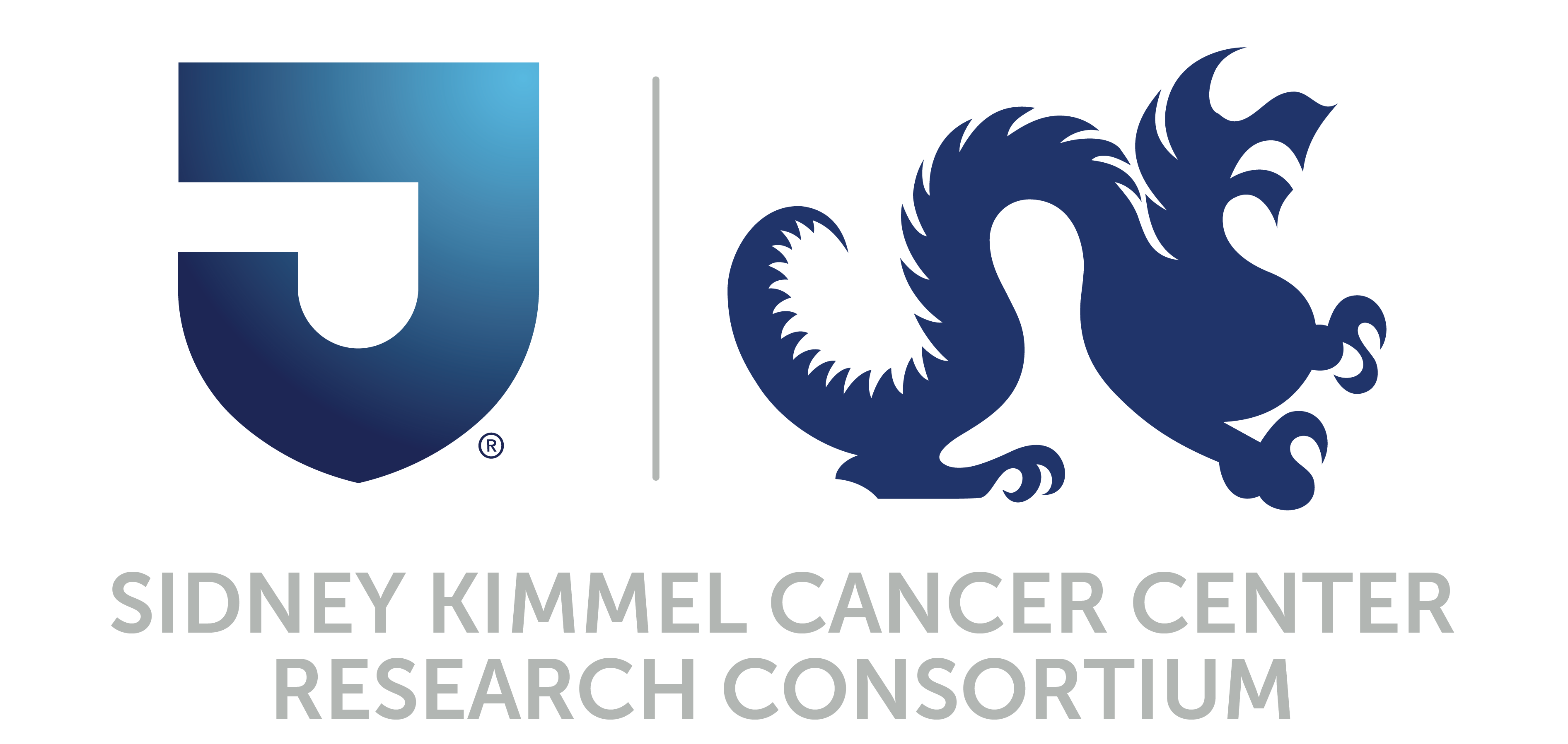
Research Will Reveal Optimal Drug Sequencing in Pancreatic Cancer

Optimizing first- and second-line therapy, understanding the role of maintenance therapy for patients with BRCA-positive disease, and developing improved therapeutic options for elderly patients has become a priority for research in metastatic pancreatic cancer.
Optimizing first- and second-line therapy, understanding the role of maintenance therapy for patients with BRCA-positive disease, and developing improved therapeutic options for elderly patients has become a priority for research in metastatic pancreatic cancer, said Steven J. Cohen, MD, medical director of the Asplundh Cancer Pavilion, chief of the Medical Oncology and Hematology Division, and vice chair of the Department of Medical Oncology at Sidney Kimmel Cancer Center at Abington-Jefferson Health.
In the frontline setting, FOLFIRINOX or gemcitabine plus nab-paclitaxel (Abraxane) remain standard of care options for patients with metastatic pancreatic cancer; however, as the therapies have not been compared head-to-head, data cannot inform whether one regimen is preferred over the other.
“There is no clear, ‘best’ regimen, but in practice, most of us…give FOLFIRINOX for [patients] who are younger and otherwise healthy, gemcitabine and nab-paclitaxel [for those patients who are] a little bit older and not quite as [fit], and single-agent gemcitabine when there is a reason to worry about performance status or lab [results],” said Cohen, who is also a professor of medical oncology at Thomas Jefferson University, in a virtual presentation during an OncLive®Institutional Perspectives in Cancer webinar on gastrointestinal malignancies.
The phase 2/3 PRODIGE 4/ACCORD 11 trial randomized patients with metastatic pancreatic cancer to FOLFIRINOX (n = 171) or gemcitabine (n = 171).1 Findings from the study demonstrated a median progression-free survival (PFS) of 6.4 months with FOLFIRINOX vs 3.3 months with gemcitabine (HR, 0.47; 95% CI, 0.37-0.59; P < .001). Additionally, the median overall survival (OS) was improved with FOLFIRINOX at 11.1 months compared with 6.8 months with gemcitabine (HR, 0.57; 95% CI, 0.45-0.73; P < .001).
Similarly, the phase 3 MPACT trial randomized patients with metastatic pancreatic cancer to gemcitabine plus nab-paclitaxel (n = 431) compared with gemcitabine alone (n = 430).2 In this study, the median OS was 8.5 months with the addition of nab-paclitaxel vs 6.7 months with gemcitabine alone (HR, 0.72; 95% CI, 0.62-0.83; P < .001).
Despite the lack of comparative data in the metastatic setting, during the 2020 ASCO Virtual Scientific Program, findings from the randomized phase 2 SWOG S1505 trial were presented, revealing a 2-year OS rate of 43.1%, and a median OS of 22.4 months, with modified FOLFIRINOX compared with 46.9%, and a median OS of 23.6 months, with gemcitabine plus nab-paclitaxel in patients with resectable pancreatic cancer.3 Moreover, post-resection disease-free survival was 10.9 months vs 14.2 months, respectively. Both perioperative options induced adequate safety and high rates of resectability but did not appear to improve OS compared with the historic standard.
“We all tend to [utilize FOLFIRINOX] compared with gemcitabine and nab-paclitaxel in the frontline [setting]. [Now there are] some data suggesting there may not be much of a difference, at least in advanced or localized settings,” Cohen said.
Additionally, for the overall pancreatic cancer population, updated findings from a phase 1/2 study of liposomal irinotecan plus 5-FU/LV and oxaliplatin, (NALIRIFOX), which were presented during the ESMO World Congress on Gastrointestinal Cancer 2020 virtual meeting, demonstrated a tolerable safety profile with promising antitumor activity when used as frontline therapy for patients with locally advanced or metastatic pancreatic cancer.8
“We will see if NALIRIFOX can also show some benefit in the frontline setting, but we certainly have a lot newer approaches and targets, particularly in elderly patients,” said Cohen.
Moreover, the study served as a precursor to the ongoing phase 3 NAPOLI-3 trial (NCT04083235), which is evaluating NALIRIFOX vs gemcitabine/nab-paclitaxel in the frontline setting for patients with metastatic pancreatic cancer.
To potentially extend frontline responses, the phase 3 POLO trial evaluated the PARP inhibitor olaparib (Lynparza) as maintenance therapy in patients with metastatic pancreatic cancer who harbored germline BRCA1/2 mutations and had not progressed during first-line platinum-based chemotherapy. Patients were randomized 3:2 to receive maintenance olaparib (n = 92) or placebo (n = 62).4
During the 2021 Gastrointestinal Cancers Symposium, results from the final OS analysis of the POLO trial were presented. The data failed to show a statistically significant OS benefit with maintenance olaparib compared with placebo (HR, 0.83; 95% CI, 0.56-1.22; P = .3487); however, primary PFS and other key secondary end points support the use of maintenance olaparib in this patient population.5
More patients remained on olaparib treatment at 3 years compared with placebo (17.2% vs 3.3%, respectively). Additionally, 21.5% of patients remained free of subsequent cancer therapy with olaparib compared with 3.6% of patients with placebo (HR, 0.44; P < .0001). At 3 years, 33.9% of patients on the olaparib arm were alive vs 17.8% of patients on the placebo arm.
“Olaparib clearly has a role [as maintenance therapy]…but there is no survival benefit,” said Cohen. “The way [the POLO trial] was designed was tricky [because] we don’t stop chemotherapy completely. In the real world, we might drop oxaliplatin and continue FOLFIRI. Many of us would bring in [olaparib] at some point, but when [that] perfect time [is] has to [be] gauged with each patient.”
“It is easier to justify [adding olaparib in patients who obtained] deep responses [with chemotherapy]. If someone has almost a complete response [to frontline therapy], switching to an oral agent and stopping chemotherapy makes sense. If [the patient has] stable disease or liver disease, we worry a bit more,” Cohen added.
For patients who do progress following frontline or maintenance therapy, second-line treatment options remain sparse and ultimately, the standard of care is to give whichever regimen was not utilized as frontline therapy, explained Cohen. Patients who received up-front FOLFIRINOX should receive a gemcitabine-based regimen upon progression. Patients who received gemcitabine plus nab-paclitaxel as first-line therapy should receive a 5-fluorouracil (5-FU)–based regimen, such as FOLFOX or 5-FU plus liposomal irinotecan, in the second-line setting.
However, second-line therapies confer more modest benefit [than frontline options] and data have not demonstrated a clear benefit to giving FOLFIRINOX or gemcitabine plus nab-paclitaxel in this setting, Cohen explained.
One significant addition to the paradigm emerged from the phase 3 NAPOLI-1 trial, which demonstrated an OS advantage with liposomal irinotecan plus 5-FU and leucovorin (5-FU/LV) vs 5-FU/LV alone in patients with metastatic pancreatic cancer who progressed on prior gemcitabine-based therapy.6 PFS, objective response rate, and disease control rate also favored the addition of liposomal irinotecan.
Although frontline, maintenance, and second-line regimens are established for all patients with metastatic pancreatic cancer, older patients are historically underrepresented in clinical trials but are commonly seen in clinical practice, Cohen highlighted. As such, ongoing clinical trials, such as the phase 2 GIANT trial (NCT04233866), are evaluating standard frontline options specifically in elderly patients with pancreatic cancer.7 Moreover, the GIANT trial will evaluate geriatric factors and biomarkers of ageing to identify potential predictors of treatment response and tolerance in older patients with metastatic pancreatic cancer.
The GIANT study is enrolling patients with untreated metastatic pancreatic cancer who are over the age of 70 years and have an ECOG performance status between 0 and 2. These patients are considered vulnerable, meaning that they are unfit, frail and can have any mild to moderate geriatric assessment abnormalities. Patients will be randomized to modified gemcitabine/nab-paclitaxel every 2 weeks vs dose-reduced 5-FU plus liposomal irinotecan every 2 weeks.
References
- Conroy T, Desseigne F, Ychou M, et al. FOLFIRINOX versus gemcitabine for metastatic pancreatic cancer. New Engl J Med. 2011;364(19):1817-1825. doi:10.1056/NEJMoa1011923
- Von Hoff DD, Ervin T, Arena FP, et al. Increased survival in pancreatic cancer with nab-paclitaxel plus gemcitabine. N Engl J Med. 2013;369(18):1691-1703. doi:10.1056/NEJMoa1304369
- Sohal D, Duong MT, Ahmad SA, et al. SWOG S1505: results of perioperative chemotherapy (peri-op CTx) with mfolfirinox versus gemcitabine/nab-paclitaxel (Gem/nabP) for resectable pancreatic ductal adenocarcinoma (PDA). J Clin Oncol. 2020;38(suppl 15):4504. doi:10.1200/JCO.2020.38.15_suppl.4504
- Golan T, Hammel P, Reni M, et al. Maintenance olaparib for germline BRCA-mutated metastatic pancreatic cancer. N Engl J Med. 2019;381(4):317-327. doi:10.1056/NEJMoa1903387
- Golan T, Hammel P, Reni M, et al. Overall survival from the phase 3 POLO trial: maintenance olaparib for germline BRCA-mutated metastatic pancreatic cancer. J Clin Oncol. 2021;39(suppl 3):378. doi:10.1200/JCO.2021.39.3_suppl.378
- Wang-Gillam A, Hubner RA, Siveke JT, et al. NAPOLI-1 phase 3 study of liposomal irinotecan in metastatic pancreatic cancer: final overall survival analysis and characteristics of long-term survivors. Eur J Cancer. 2019;108:78-87. doi:10.1016/j.ejca.2018.12.007
- Comparing two treatment combinations, gemcitabine and nab-paclitaxel with 5-fluorouracil, leucovorin, and liposomal irinotecan for older patients with pancreatic cancer that has spread. ClinicalTrials.gov. Posted January 18, 2020. Updated June 25, 2020. Accessed March 10, 2021.
https://clinicaltrials.gov/ct2/show/NCT04233866 . - Wainberg Z, Bekaii-Saab T, Boland P, et al. First-line liposomal irinotecan + 5 fluorouracil/leucovorin + oxaliplatin in patients with pancreatic ductal adenocarcinoma: Long-term follow-up results from a phase 1/2 study. Ann Oncol. 2020;31(suppl 3):S241. doi:10.1016/j.annonc.2020.04.076
Newsletter
Knowledge is power. Don’t miss the most recent breakthroughs in cancer care.
















































































